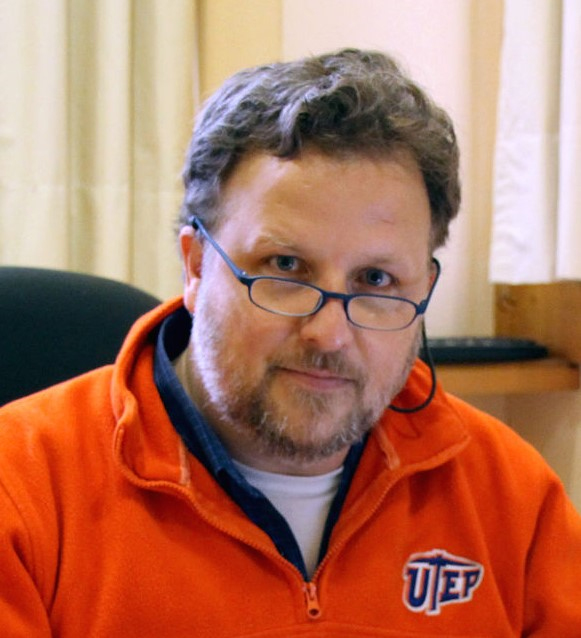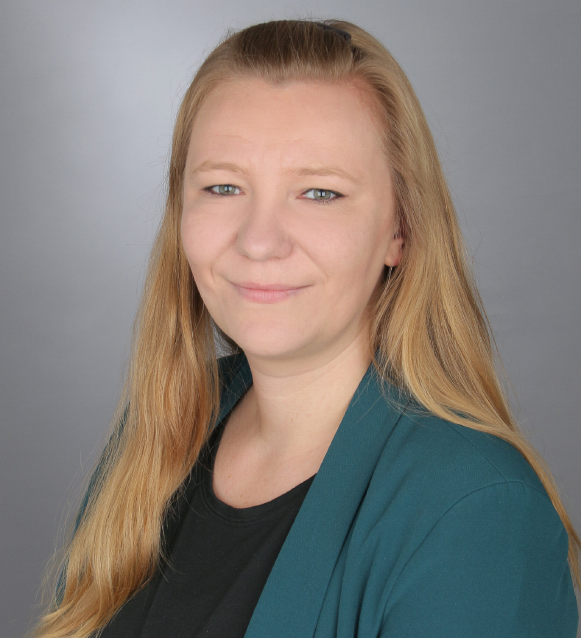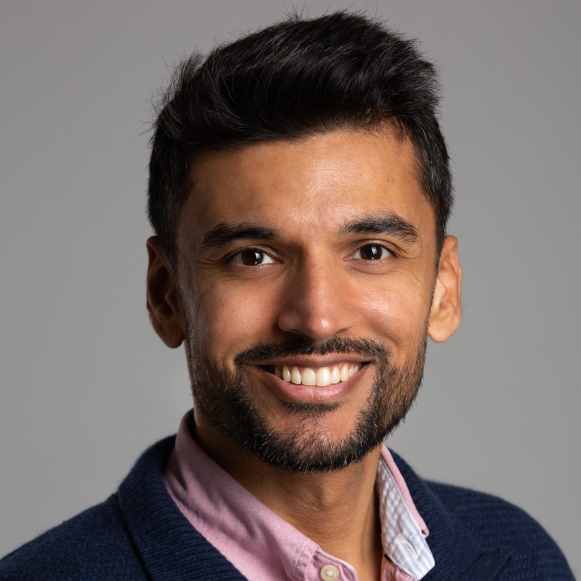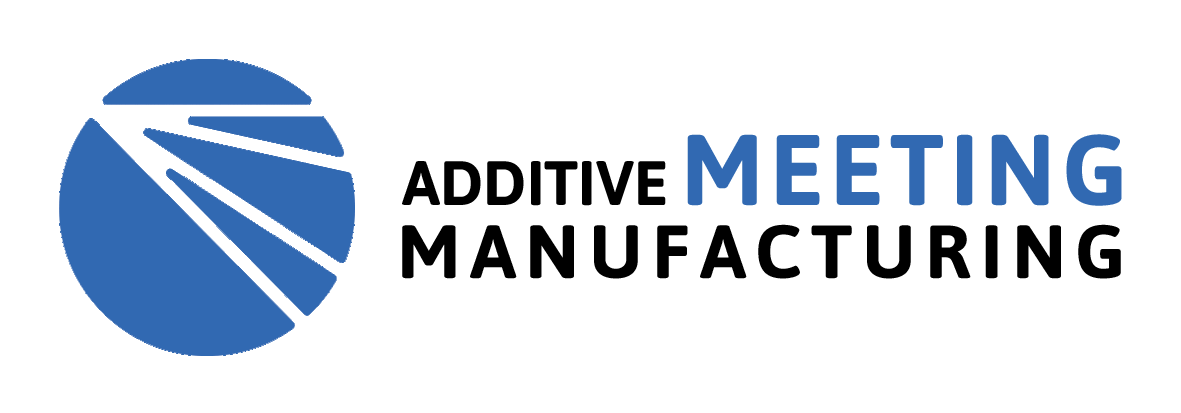
Additive Manufacturing of Elastomer, Ceramic and Metal Multi-functional Structures
Dr MacDonald is a professor of aerospace and mechanical engineering and holds the Murchison Chair at the University of Texas at El Paso, where he also serves as Associate Dean of Research and Graduate Studies for the College of Engineering.
With a background in electrical and computer engineering, Dr MacDonald has combined academic research with extensive industry experience, having worked at IBM and Motorola and co-founding a CAD software startup. His research focuses on 3D-printed multi-functional applications, process monitoring, and quality improvement in additive manufacturing. His work has even extended into space, contributing to 3D-printed nano-satellites launched into low-Earth orbit.
As co-founding editor of Additive Manufacturing, the highest-impact journal in the field, and Editor-in-Chief of Additive Manufacturing Letters, Dr MacDonald continues to shape the direction of research in the industry.

Anna Ziefuß, Ph.D.
University of Duisburg-Essen
Small Particles, Big Impact: Laser-Generated, Surfactant-Free Nanoparticles for Functional Materials in Additive Manufacturing
Dr Anna Ziefuß is a technical chemist and group leader at the University of Duisburg-Essen, where she is currently completing her habilitation. Her research focuses on the development of nanoparticle-modified powder materials for additive manufacturing, combining laser-based synthesis with controlled and well-understood surface chemistry.
A key aspect of her work is the transfer of nanoparticle concepts into scalable processes, enabling the functionalization of feedstocks under conditions relevant to industrial implementation. Her interdisciplinary research bridges chemistry, laser processing, and materials science, with the goal of improving printability, microstructure, and functionality in powder bed fusion.
Dr. Ziefuß leads several collaborative projects across polymer and magnetic material systems and is actively involved in advancing next-generation feedstocks through nanoparticle-based design strategies.

Professor Manas Upadhyay, Ph.D.
École Polytechnique
Advancing microstructure modeling of rapid thermomechanical processes: Experiment-modelling synergy using a novel CW Laser and SEM coupling
Manas V. Upadhyay is a Professor in the Department of Mechanics of the Ecole Polytechnique (France), and the Program Director of Masters of Mechanics at the Institut Polytechnique de Paris, a conglomerate of 6 “Grandes Ecoles” in France. He obtained his PhD from the Georgia Institute of Technology (USA) in 2014 and he did his post-doctoral research from 2014 – 2018 at the Paul Scherrer Institute (Switzerland). He joined the Ecole Polytechnique in January 2019 as an Assistant Professor. He obtained his HDR (Habilitation to Direct Research) diploma in October 2022 and was promoted to Professor in September 2024.
His general research interest is in Extreme Thermomechanics and Materials Engineering. His current research can be broadly classified into two themes: (i) Engineering metal microstructures for tailored mechanical properties and (ii) Modelling extreme micro-thermomechanics. In the past 6 years, he has worked extensively on the topic of microstructure engineering and micro-thermomechanical modelling of additive manufactured alloys. He has received multiple research grants for his work, notably the prestigious European Union’s Horizon2020 ERC Starting Grant 2020 (# 946959). He has also received awards for his professional activities, notably the Jean and André Rist 2022 medal by the French Society of Metallurgy and Materials (SF2M).
His research group perseveres to understand metal microstructure formation and evolution from the length-scale where individual defect dynamics can be studied to the polycrystalline level, and to harness this understanding to tailor microstructures with desired properties. What sets his group apart is that they actively develop experimental devices and conduct advanced characterization experiments (primarily SEM, TEM, and synchrotron XRD) in synergy with developing theoretical models and performing numerical simulations (primarily, crystal plasticity and dislocation dynamics). More information on his professional activities can be found at https://www.manas-upadhyay.com


